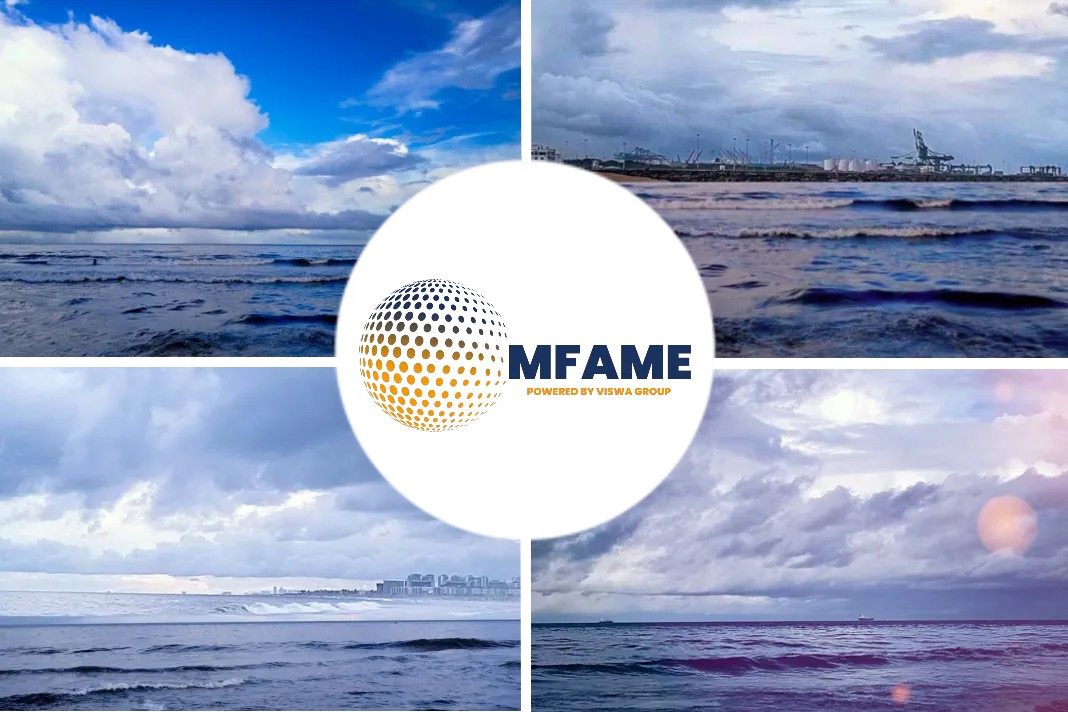
Blank sailings have widespread impacts on the maritime shipping industry, causing cost hikes, schedule disruptions, and supply chain intricacies. To counter these challenges, embracing tactics such as employing shipper-owned SOC containers and precise inventory management is essential for resilience and efficiency in the dynamic shipping environment.
Blank sailings
This analysis delves into the dynamics of blank sailings across major shipping routes, driven by factors like seasonal shifts and supply chain disruptions. Blank sailings have played a pivotal role in stabilizing spot rates despite supply chain challenges.
Blank Sailing trends

- Blank sailings have seen notable variations in recent years, with a stable 7% rate in 2019, a pandemic-driven surge to 12% in 2020, and a resilient 12% in 2021 amid ongoing COVID-19 challenges.
- In 2022, fluctuations continued due to factors like the Suez Canal blockage, the Chinese New Year, and U.S. West Coast port issues.
- In 2023, blank sailings reached 21% early in the year, stabilized at 10% in weeks 8 to 12, and remained consistently low at 4% in weeks 25 to 29, reflecting the dynamic nature of the global shipping industry influenced by market conditions, disruptions, and demand patterns.
Multiple Blank Sailings

Major shipping alliances, including THE Alliance and 2M, have announced a series of canceled sailings in North Europe and the Mediterranean during China’s Golden Week holiday in October.
These cancellations, expected to peak at 16% in weeks 38 to 42, are driven by weak demand and dropping spot rates before the holiday season. Hapag-Lloyd, a leading member of THE Alliance, has canceled sailings in North Europe due to anticipated decreased demand, while THE Alliance partners are implementing capacity reductions in the Asia-Mediterranean trade sector during weeks 40 to 43.
Future Outlook
The global order book capacity now accounts for nearly 30% of the active fleet, exceeding 7 million TEUs. Drewry projects the delivery of 2.5 million TEUs by the end of this year, with an additional 3 million TEUs expected in 2024.
Oversupply is expected to outpace demand for the next 18 months, with a 2% growth in global demand compared to a 4% increase in supply this year and a 7% capacity rise versus a 3% demand growth in 2024.
A significant portion of ordered capacity (about 65%) consists of vessels exceeding 15,000 TEUs, primarily for Asia-Europe routes.
Impacts On Stakeholders
Blank sailing poses significant challenges for businesses reliant on maritime shipping. It disrupts product deliveries, potentially causing stock shortages, production delays, and customer dissatisfaction.
Shippers
- Blank sailings disrupt schedule reliability for shippers, leading to increased costs as they adapt with advanced orders and higher inventory levels.
- Shipper-owned SOC containers offer benefits, including better control over schedules, reduced charges, flexibility in logistics, and improved container turnaround times during blank sailings.
Port Operators
Blank sailing directly affects port operations by altering the ship volume, impacting port personnel workload, disrupting planned sailings, potentially causing cargo flow interruptions, and having financial implications tied to port fee revenue linked to vessel frequency.
Container suppliers
- Blank sailings disrupt container turnaround times and can lead to container imbalances (i.e., shortages in one location, surplus inventory in others).
- To address these challenges, companies may need to maintain a larger fleet to compensate for unpredictable disruptions, incurring higher operational costs and increased expenses associated with repositioning containers to balance inventory levels.
Did you subscribe to our daily newsletter?
It’s Free! Click here to Subscribe
Source: XChange






















